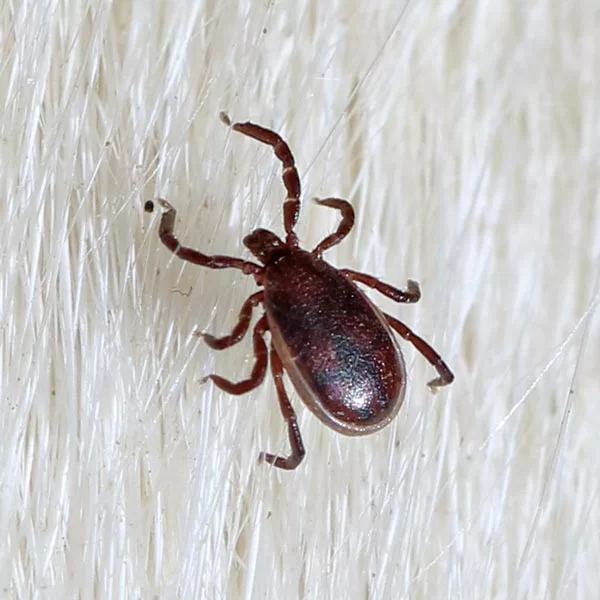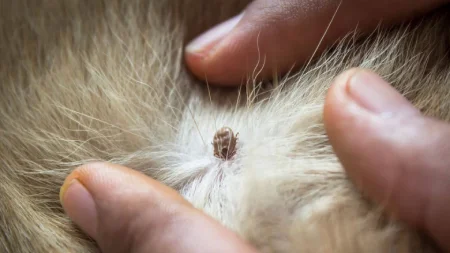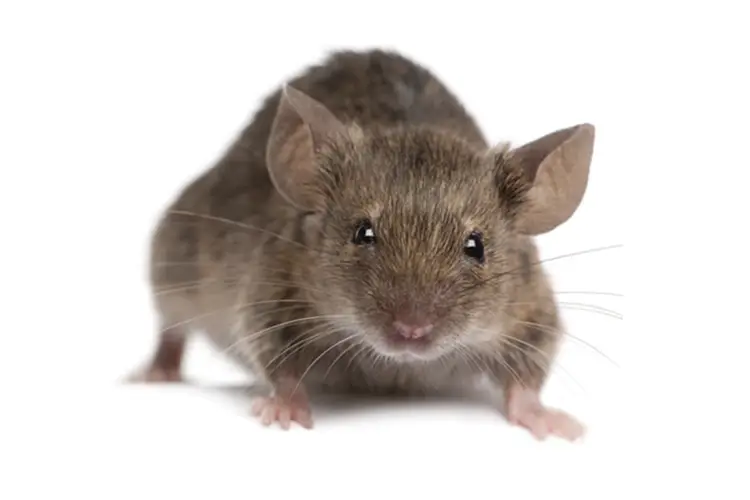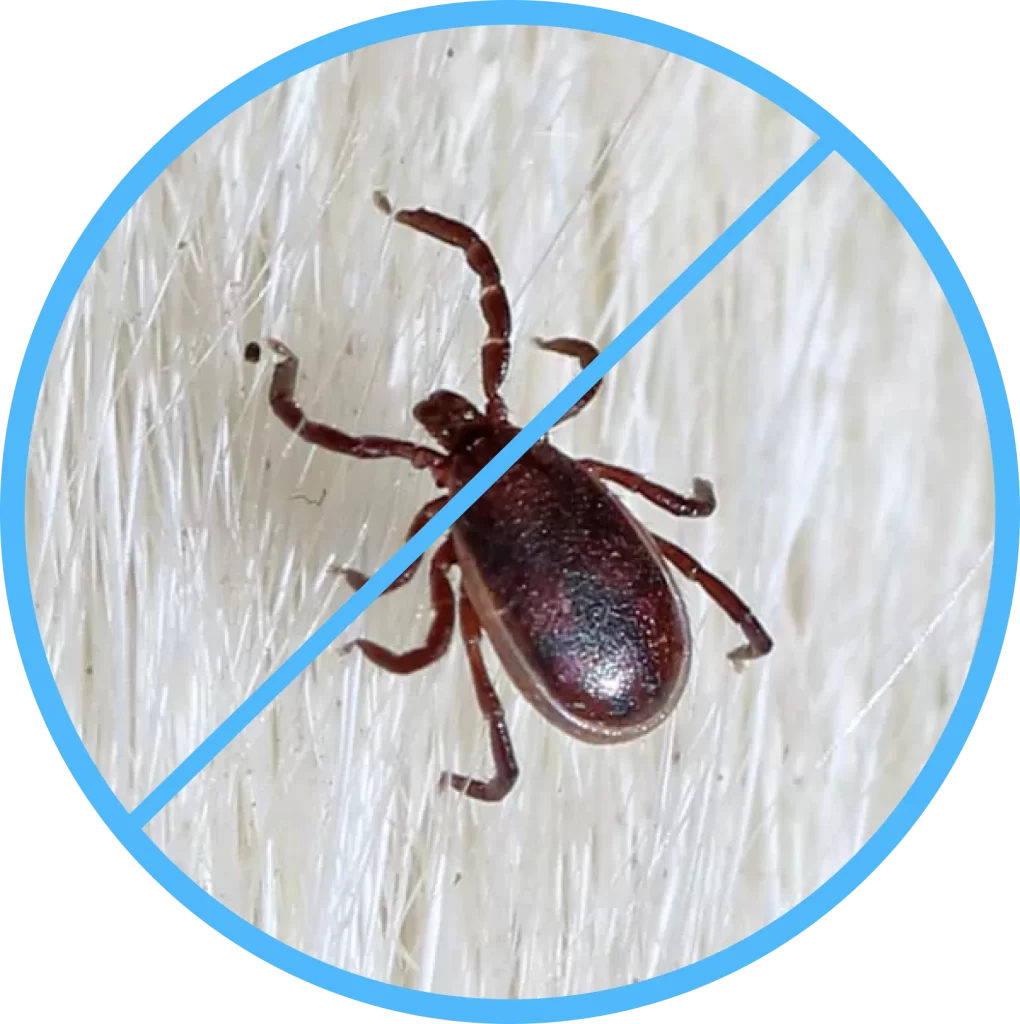Dog Ticks
Are you having Dog ticks problems?
Dog ticks
Identification
Dog ticks are small, oval and flat before feeding. After engorging on blood, they become swollen and rounded. Adults dog ticks are reddish brown and lack distinctive markings. Growing up to 1/8 inch long when unfed and up to ½ inch after feeding.
Life Stages
Dog ticks undergo four life stages: egg, larva, nymph and adult. Each stage requires a blood meal to develop to the next.
Eggs
Female dog ticks can lay around 1,000 to 3,000 eggs in their lifetime after engorging on a blood meal. After feeding the female drops off the host and finds a sheltered location to lay her eggs. She typically lays eggs in clusters over a period of a few days.
Reproduction
The complete lifecycle from egg to adult can take several months to over a year, depending on the species and environmental factors. The eggs hatch into larvae (also known as seed ticks) within 2 to 5 weeks, depending on the environmental conditions such as temperature and humidity.

What is dog ticks?

Health Risks of living with dog ticks
Lympe Disease
Caused by the bacterium Borrelia burgdorferi transmitted by tick bites.
Rocky Moutain Spotted Fever
Caused by the bacterium Rickettsia rickettsia, primarily transmitted by the American dog tick.
Ehrlichiosis
Caused by various Ehrlichia species, transmitted by tick bites
Anaplasmosis
Caused by Anaplasma bacteria, transmitted by ticks.
Tick Paralysis
Caused by a toxin released by feeding ticks, leading to muscle weakness and paralysis.
Signs of infestation
On Pets
Visible dog ticks attached to the skin, excessive scratching or grooming, skin irritation and hair loss. In severe case, pets may show sign of illness such as fever, lethargy and loss of appetite.
In the home
Finding dog ticks on floors, walls and furniture especially in areas where pet frequent or rest.
How dog ticks infest your home?
- Through contact with infested grass, brush or animals.
- Via direct contact with an infested dog.
- Through contaminated bedding, furniture or clothing.

Prevention and control of dog ticks
Tick prevention for pets
- Topical Treatments: Apply veterinarian recommended topical treatment that kills and repel dog ticks.
- Oral Medications: Administer oral medications for pets that provide systemic protection against dog ticks.
- Dog tick collars: Use tick collars that release chemical to repel and kill dog ticks.
- Regular inspections: Check your pets for dog ticks regularly, especially after outdoors play. Pay close attention to ears, necks and between the toes.
Home and garden management
- Landscaping: Keep grass and bushes trimmed and remove leaf litter and debris from your garden to reduce tick habitats.
- Fencing: Install fencing to keep wildlife, which can carry dog ticks, away from your property.
- Pesticide treatment: Apply pesticide to open garden area on regular basis and home perimeter to reduce dog ticks populations. Contact us for a effective and safe application for dog ticks infestation and preventions.
Indoor Control
- Vacuuming: Regularly vacuum carpets, furniture and pet bedding to remove dog ticks and eggs.
- Washing: Wash pet beddings and linens in hot water to kill dog ticks and larvae.
Conclusion
Dog ticks are more than just a nuisance; they pose serious health risk to pets and humans. Dog ticks are prolific breeders, capable or producing a significant number of eggs in their lifetime. Identifying signs of dog ticks infestation and implementing preventive measures, you can protect your pets and household from tick-borne diseases.





